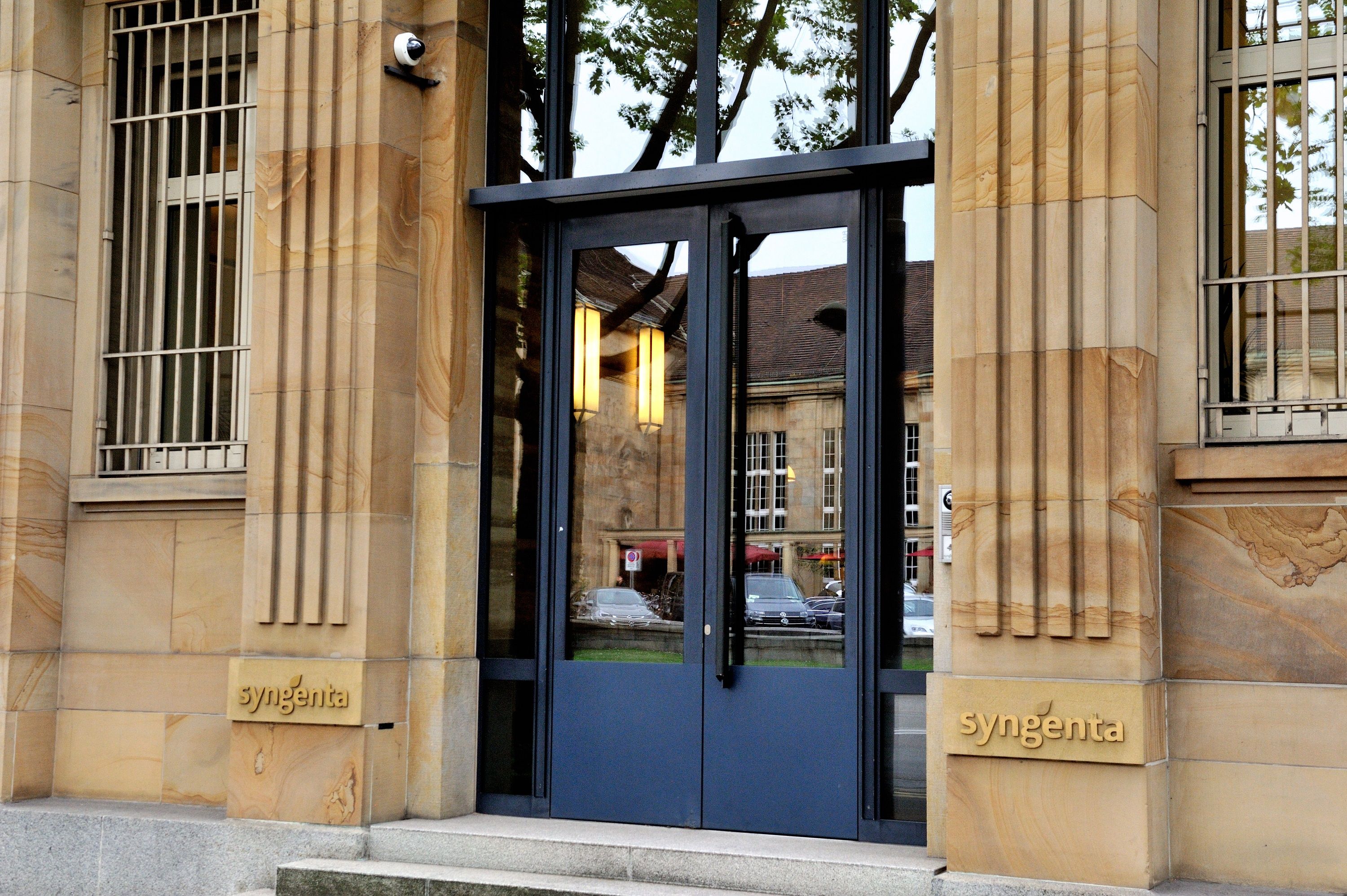Syngenta’s highly hazardous business model
 ©
Mark Henley / Panos Pictures
©
Mark Henley / Panos Pictures
Syngenta presents itself as an agricultural company that helps to feed the planet while protecting biodiversity and keeping farmers safe. The company’s public ambition is to be at the forefront of the transition towards a more sustainable agriculture. Our research reveals a very different reality: selling highly hazardous pesticides is at the core of Syngenta’s business model. About one third of Syngenta’s pesticide portfolio – and half of its best sellers – consists of substances listed as “highly hazardous” by PAN.
Based on exclusive data from Phillips McDougall, the leading agribusiness intelligence company, Public Eye estimates that Swiss-based Syngenta made some USD 3.9 billion by selling highly hazardous pesticides in 2017 – over 40% of its pesticide sales that year and more than any other company.
Philips McDougall data
Our investigation is based on the pesticide sales figures produced by Philips McDougall, a private market research firm that presents itself as “the market leader in providing business intelligence for the crop protection & seeds industry”. The Phillips McDougall data, considered among the most comprehensive available on pesticide sales and uses, provided a revealing glimpse into the primary users of highly hazardous pesticides, and from whom they are obtained. Phillips McDougall’s data is one of the main sources used by the US EPA to produce its pesticide market estimates, and the company also regularly undertakes consultancies for the agrochemical industry itself. The Phillips McDougall data is sourced from “panel data market research, farmers, trade data, country data and distributor surveys as well as proprietary, in-house databases and company results”. The data used do not cover the entire market but are sufficiently representative to estimate global sales by substance, volumes for the main user countries and Syngenta’s market share.
While the company boasts of providing “world-class science and innovative crop solutions” to farmers around the globe, the facts do not match the rhetoric. Since 2000, Syngenta has developed only eight new molecules. Some of its toxic blockbusters – such as highly controversial paraquat, atrazine, lambda-cyhalothrin or glyphosate – have been on the market for decades.
4 numbers showing that HHPs are at the heart of Syngenta’s business model
- Altogether Syngenta sells over 120 pesticide active ingredients. Fourty-two are on the PAN list of highly hazardous pesticides.
- 15 of the 32 pesticide active substances Syngenta uses in its “key marketed products” are listed as “highly hazardous” by PAN.
- HHPs accounted for about 42% of Syngenta’s turn over with pesticides in 2017.
- According to our estimates, Syngenta has a share of approximately 18% in the global HHP market by value of sales.
Brazil is the company’s largest market, but it also sells its toxic pesticides in Argentina, China, Paraguay, Mexico, India, Vietnam, Philippines, Ecuador, Colombia, Kenya and Ghana, among others.
Syngenta’s answers
Confronted with our findings, Syngenta said it does not agree with the list that PAN has developed. The company indicated its support for regulating pesticides based on risks not hazards, and stressed that it complies with all of the regulatory and safety standards of the countries where its products are registered for sale. Syngenta’s full answer is available here.

